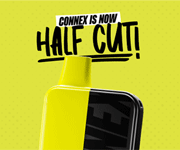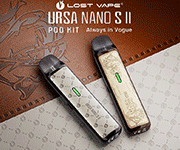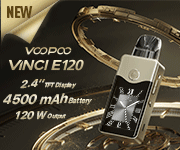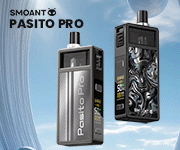Crewella
Olympian
- Joined
- Aug 4, 2015
- Messages
- 37,892
Interesting thread, thank you. And I now want gold coils ........ and a gold spoon! 
I'm ashamed to say that I've been making coils for over a year, but still don't really know why we 'pulse' so carefully when first heating a coil and then when dry burning. I get that you need to break a new coil in carefully, but beyond that it all gets a bit hazy. Help please ...... anyone?

I'm ashamed to say that I've been making coils for over a year, but still don't really know why we 'pulse' so carefully when first heating a coil and then when dry burning. I get that you need to break a new coil in carefully, but beyond that it all gets a bit hazy. Help please ...... anyone?
















